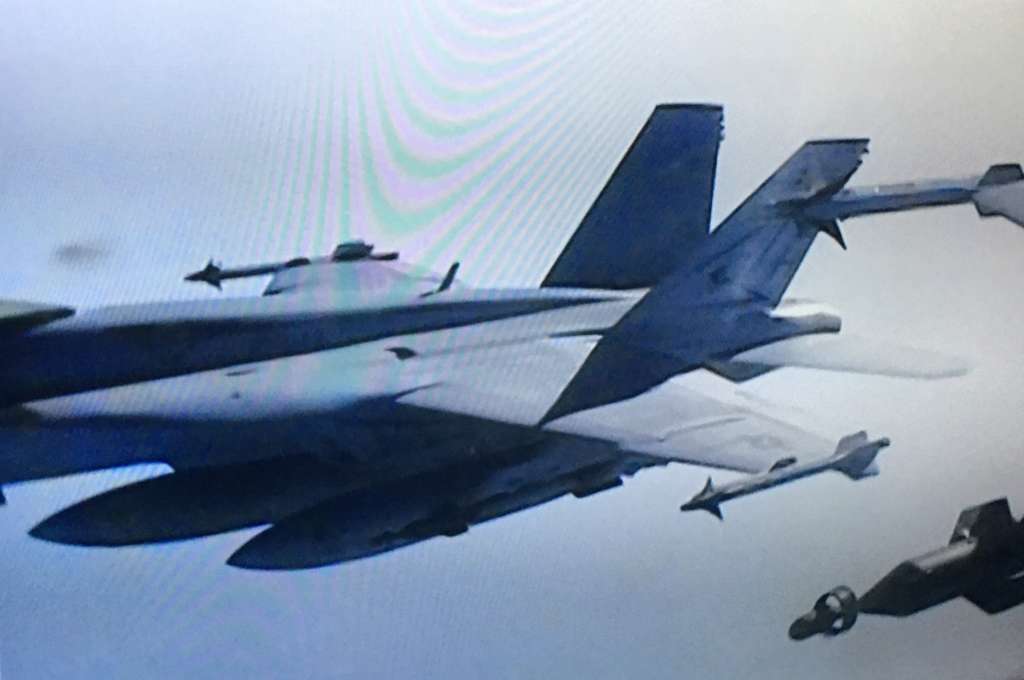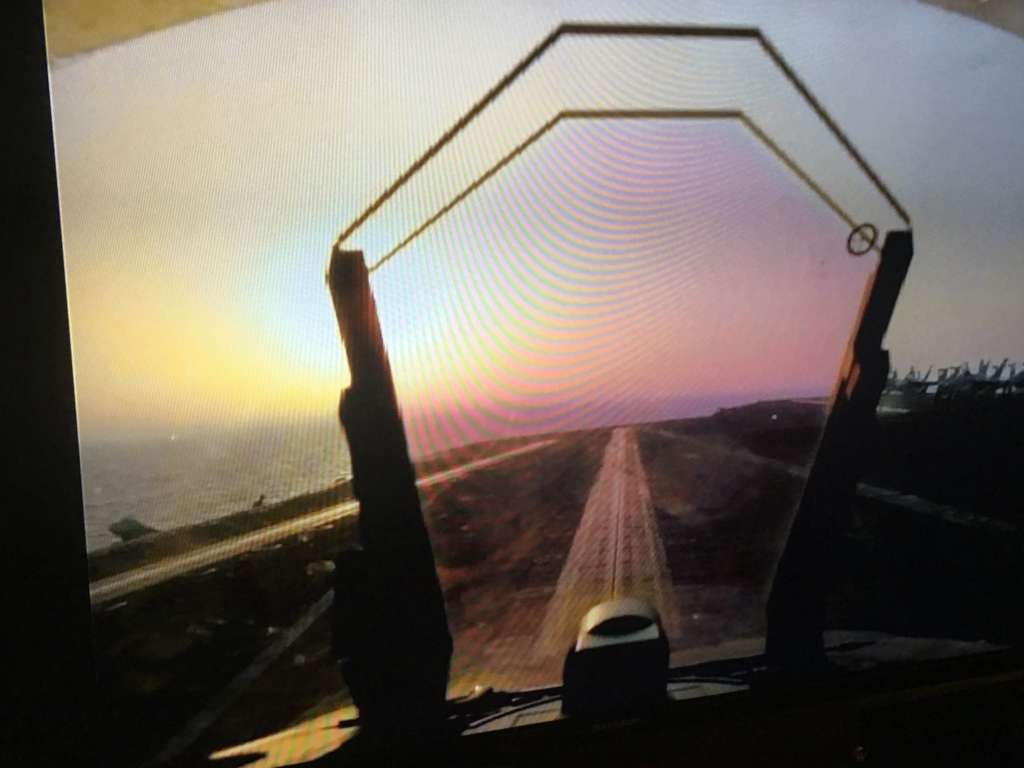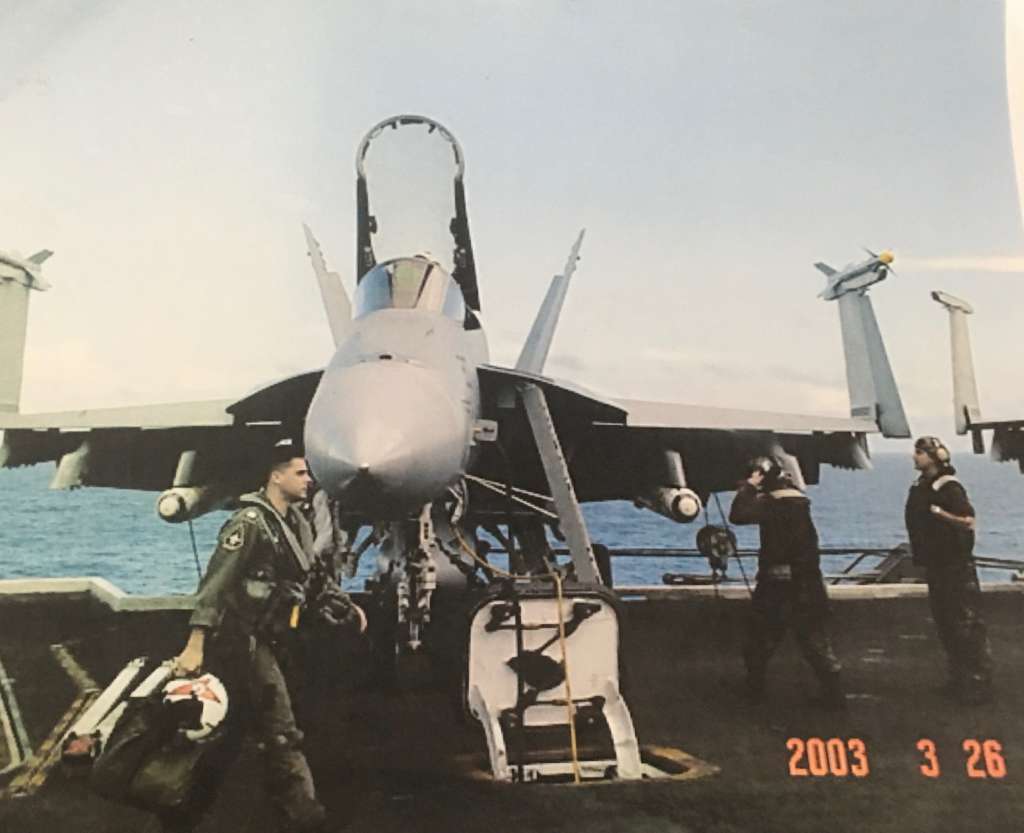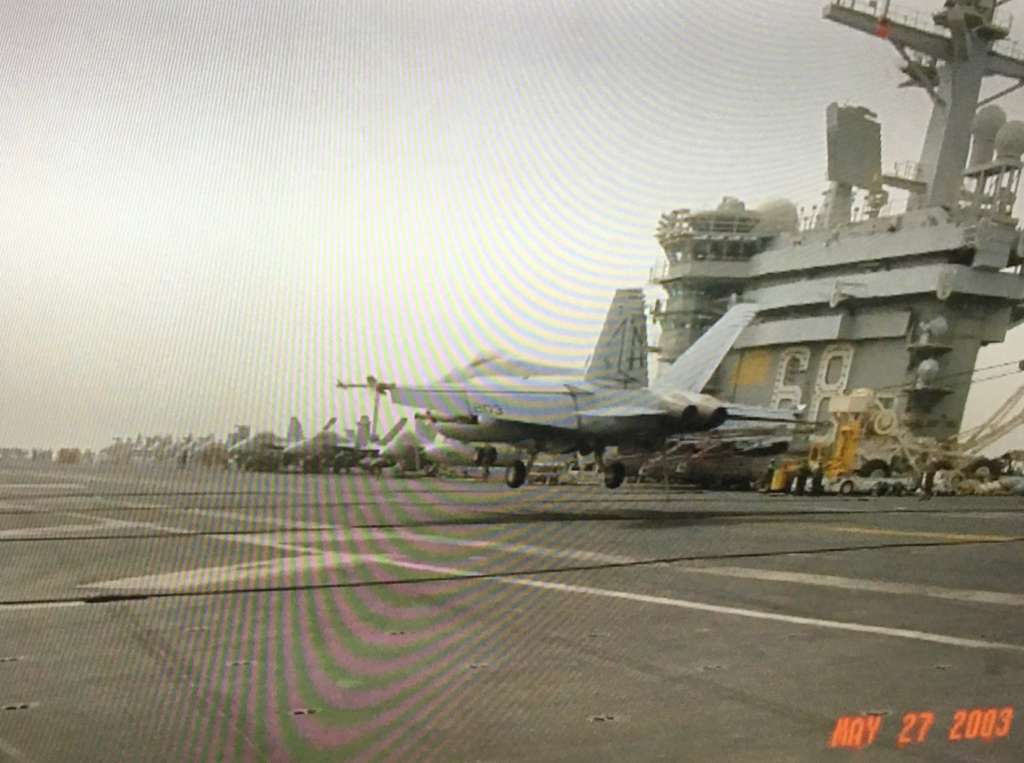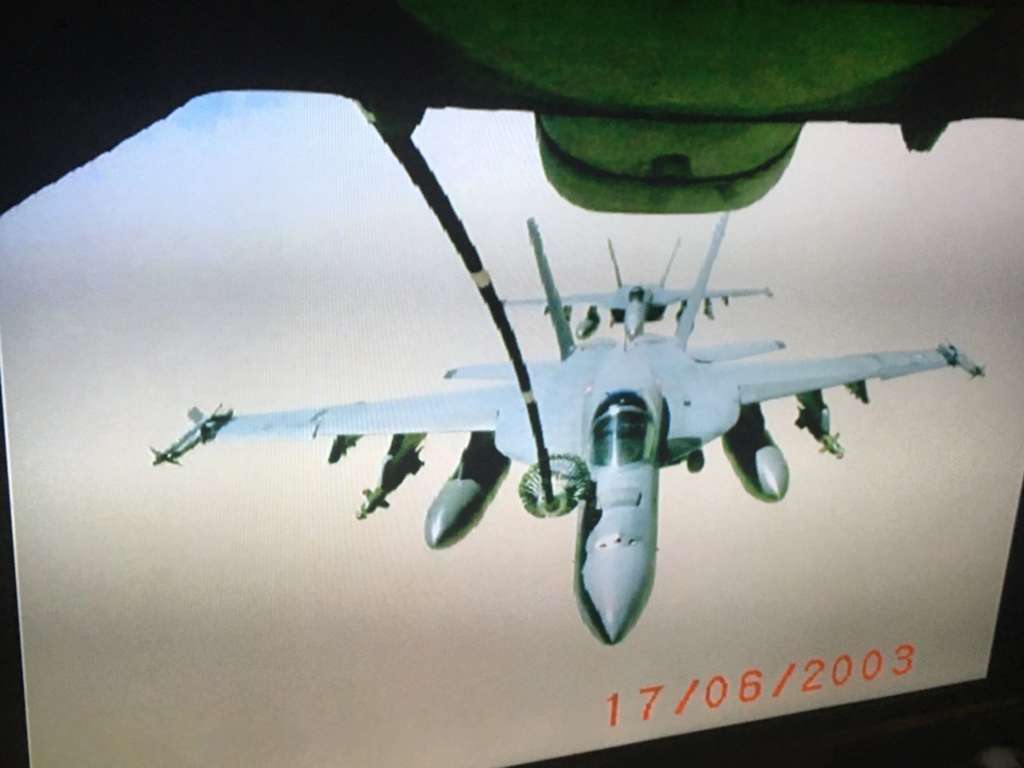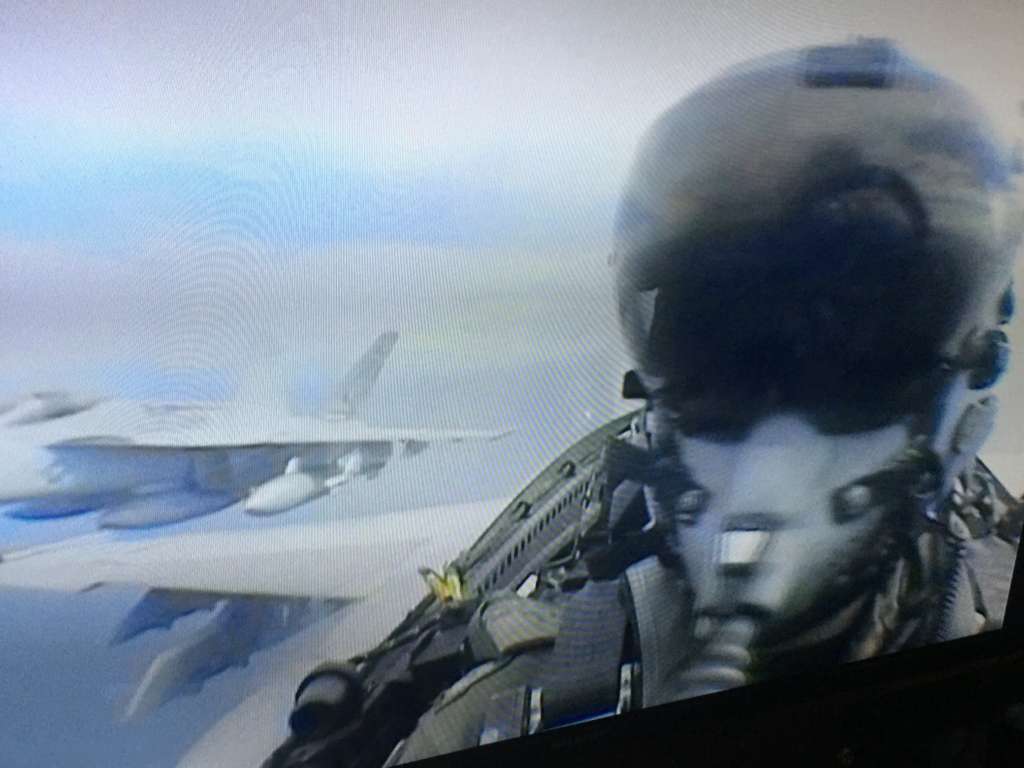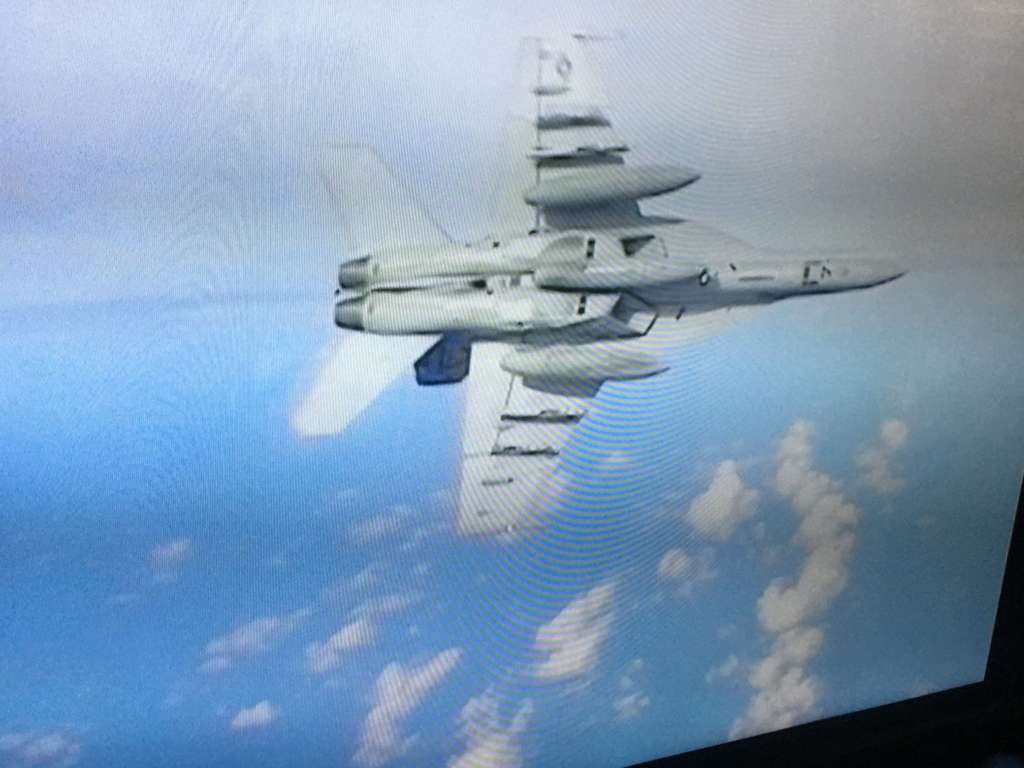Here is the fourth chapter in a series that will let you get to understand who I am a little better:
Chapter 4: The Tip of the Spear (2001-2009)
By the time I arrived at Naval Air Station Lemoore in March of 2001, I was a qualified Naval Aviator. After 2 years and $3,000,000 of training I knew how to fly tactical jets, I knew the fundamentals of being a good wingman, and I knew how to land a plane on the boat.
The first 12 months of training in Lemoore was focused on making me a warrior wingman. I would not only learn how to fly the F/A-18E Super Hornet supersonic jet, but I would learn how to use it as a weapon. I would learn where the edge of the envelope was, how to get there, and survive on that edge in a combat environment. As a single-seat pilot, I learned dogfighting under high g forces, how to use the 20 mm cannon firing 6000 rounds a minute, and how to deliver an array of bombs on target. Oh, and I learned how to land on the boat at night!
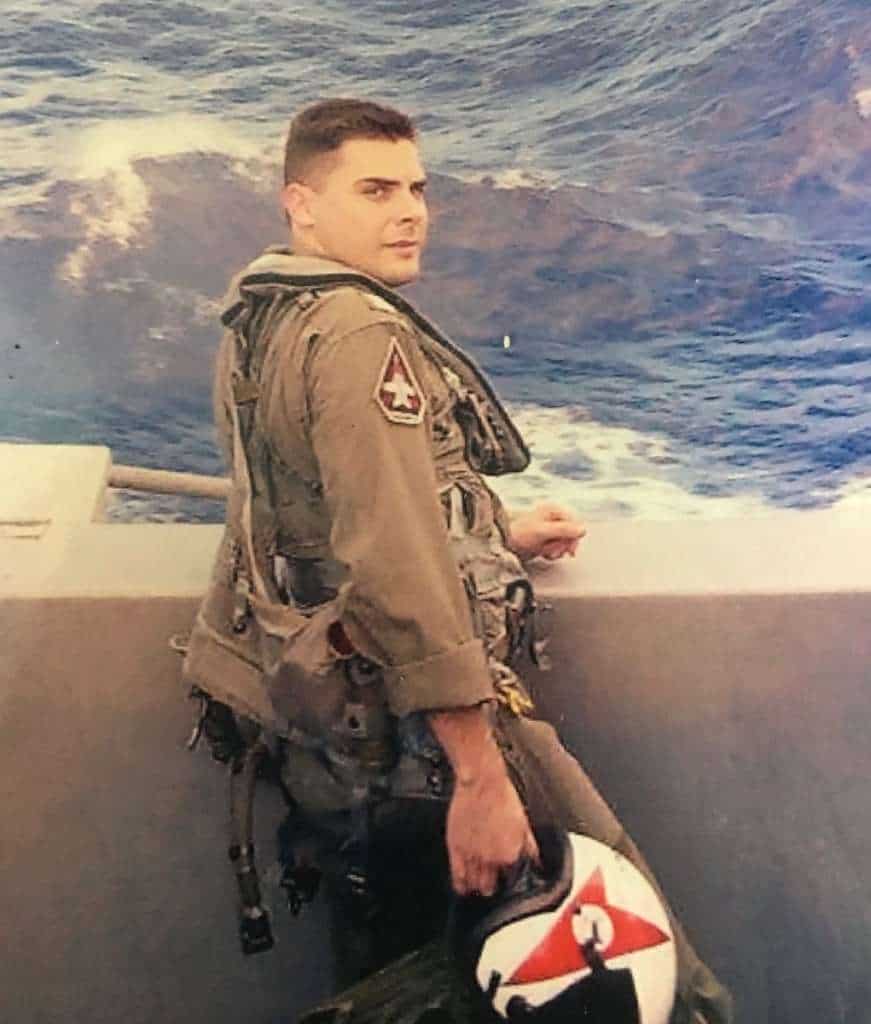
By September of 2001, I was a lethal Wingman. I was able to fight my way into the target area as part of a team of 2-4 jets, shoot down enemy aircraft, deliver my ordnance against almost any target, and fight my way out of the target area. After all of that, I would then fly back to our ship and land that $80 million piece of equipment on the flight deck of an aircraft carrier. If you needed a bomb delivered to the bad guys in an accurate and timely fashion in any weather, I was your guy.
On 9/11/2001, my training took on a new reality. Like every American on that fateful morning, I watched in disbelief as terrorists hijacked our airliners and evil hijacked our way of life as Americans. But unlike most Americans, I realized that I would be going to war…and soon.
After finishing my training in Lemoore, I reported to SERE (Survival, Evasion, Resistance and Escape) School for what was the most intense training I ever experienced. For 2 weeks, along with about 30 classmates of all ranks, I learned how to survive in the wild and how to survive in a POW camp. It was meant to prepare us for the worst-case scenario of being shot down behind enemy lines. We ate bugs and wild plants while we evaded “the bad guys” and then we were put into a simulated POW camp. In this camp “home” was a concrete box that measured 3’x2’x3’. The training was pretty damn real. We were beaten a few times a day while we were interrogated and deprived of sleep for up to 3 days at a time. No matter what, name, rank and serial number was all I provided. After the beatings yielded no other information, I was waterboarded (yes, it does feel like you are drowning). SERE is one of the most intense experiences that takes you to the edge of your mental and physical limits. I’ll spare you all the details, but the training was invaluable.
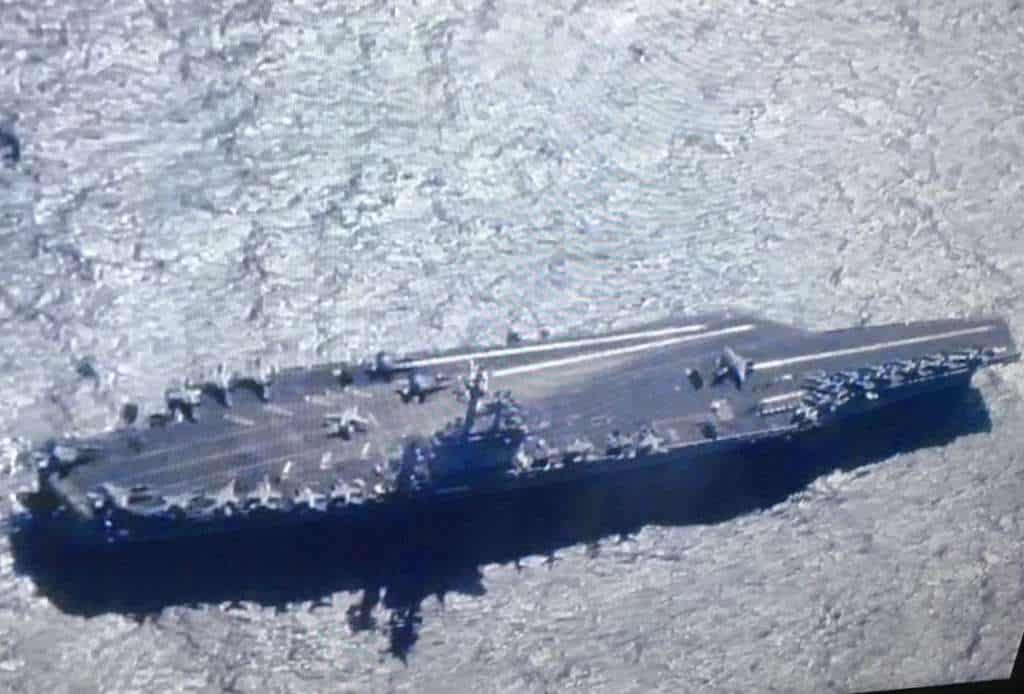
In 2002, I finally reported to my first Fleet squadron, the VFA-14 TopHatters (the world’s oldest squadron), and we deployed aboard the USS Nimitz in early 2003 in the midst of the saber rattling between President Bush and Saddam Hussein around the presence of weapons of mass destruction.
We arrived in theatre in April of 2003 and conducted combat operations from the deck of the aircraft carrier into central and northern Iraq for the first 7 months of the war until October of 2003. Our primary mission (close air support or CAS) was to protect the American Marines and soldiers on the ground marching north into Baghdad. Our secondary mission was to help find Saddam Hussein.
The average combat mission was around 5 hours long, though I had a few flights that were as long as 8.5 hours. That’s 8.5 hours in all that gear and no bathroom in a single seat jet flying over enemy territory! The typical mission was 2-4 jets (myself and a wingman typically) launching from the boat, flying 1.5 hours north over Kuwait and into Iraq, spending 15-20 minutes getting about 6000 lbs. of gas via in-flight refueling, spending 30-45 minutes on station over Baghdad, Fallujah, or Tikrit supporting Marines on the ground, and then flying the 1.5 hours back to the ship in the Persian Gulf. Of course, the flight would finish with the always terrifying miracle of landing on a boat in the middle of the ocean at night. Social media isn’t the right forum for war stories, but I will say that there is no experience like flying 600 mph at 75’ over downtown Baghdad. Looking up (literally looking up) to see the whites of the eyes of the local residents on top of buildings in a middle eastern urban setting like that was surreal. Flying over Iraq was one of the most rewarding experiences of my life and we knew that we were saving American lives on the ground on a daily basis.
For a kid from Saugus to be sent to the other side of the world to employ such an amazing machine in the interest of national defense was a huge honor for me and to come home alive after serving with honor and integrity was a real blessing. Over the course of the next six years, I would serve as an instructor pilot in Lemoore and spend several more months at sea, including another major deployment to east Asia. In the midst of a great career, I was one of three officers in the Navy to interview to be the aid to the Secretary of the Navy (Secretary Winter had a background in submarines and he wisely selected the submariner instead of the aviator as his aid…I wasn’t heartbroken as I got to stay in the cockpit and keep flying).
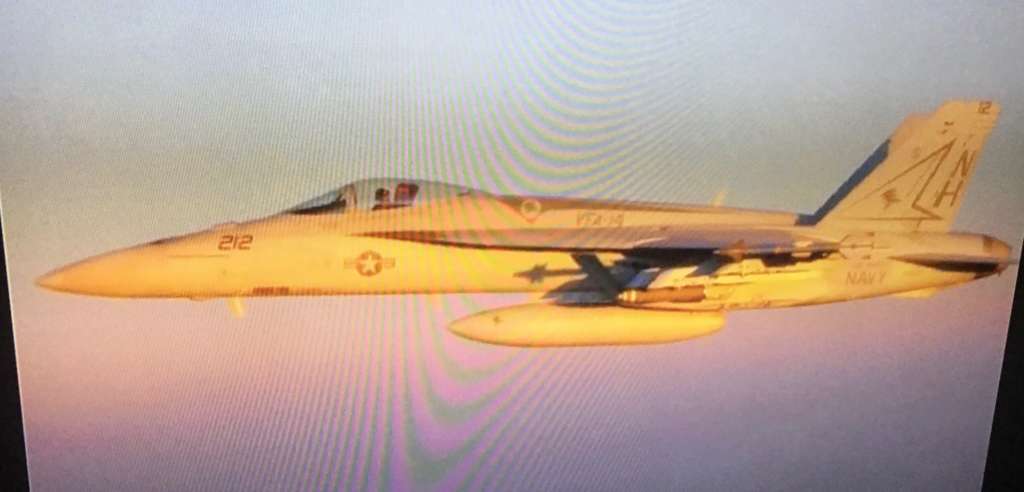
The deployment in 2003 to Iraq and the 30+ combat missions was the pinnacle of a dream career. I had done and learned everything as a young strike fighter pilot that I had wanted to since I was a kid, but when my eldest son Preston was born in October of 2006, I knew the purpose of my life was transitioning. While flying for the Navy and serving my country overseas in war was a dream come true, I had a new calling…this time as a daddy.
In June of 2009, I separated from active duty (I continued in the Navy reserves as an instructor pilot until 2012) and moved back to Santa Clarita to focus on my family and my new career at Raytheon. Over the course of the next 10 years, I became a premiere executive at one of the world’s largest aerospace and defense companies. Through the Great Recession and Sequestration, I learned how to succeed in the business world, but I’ll save that story and my experience in personal real estate investments for the next chapter.

